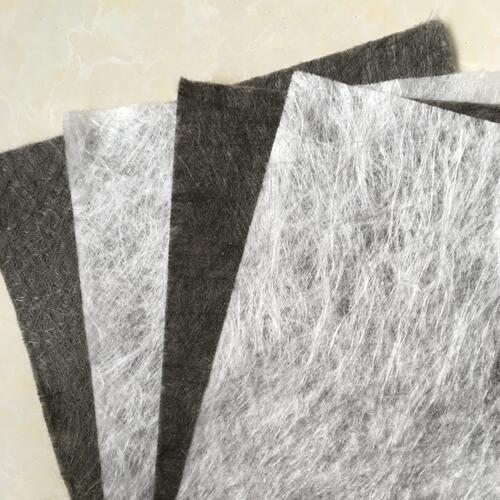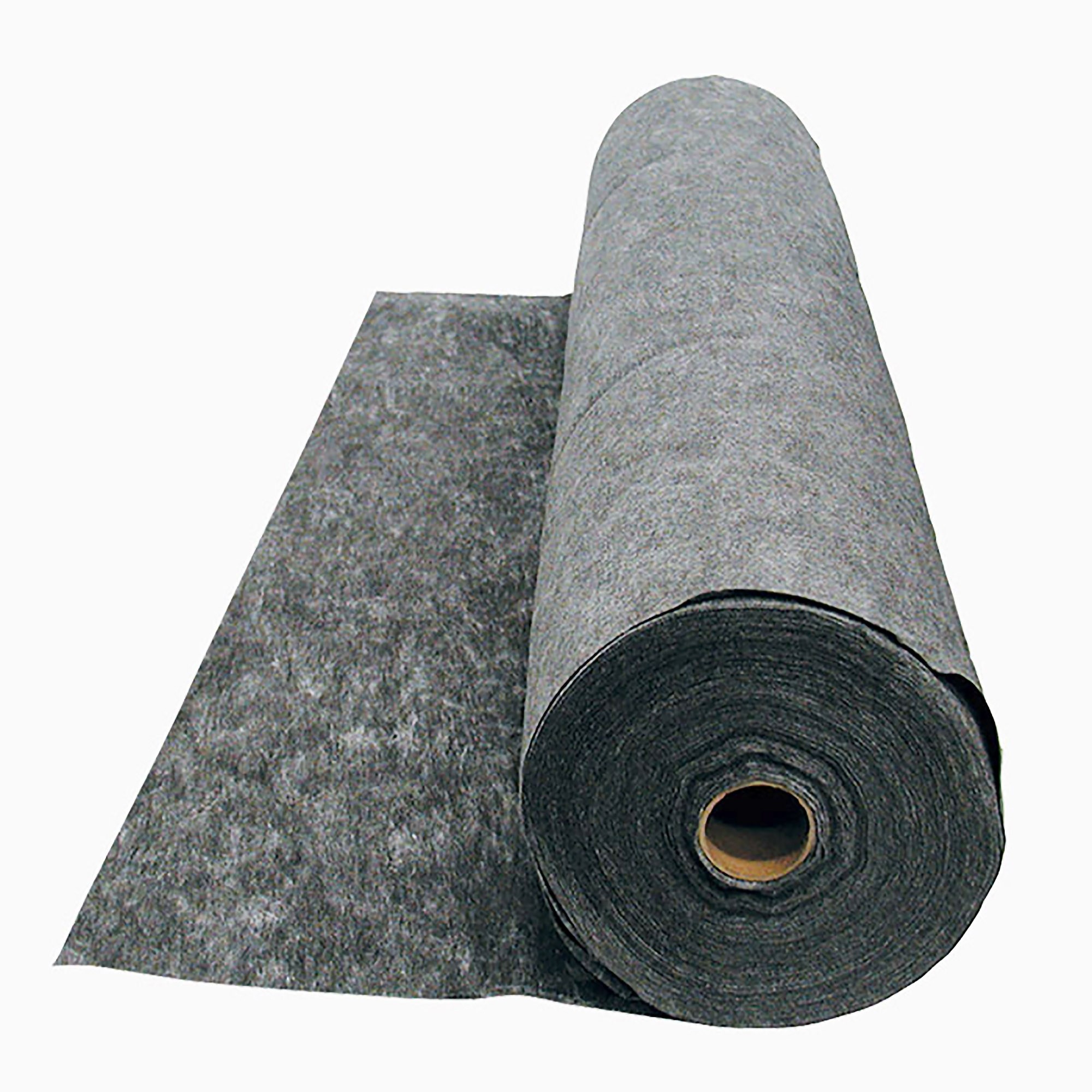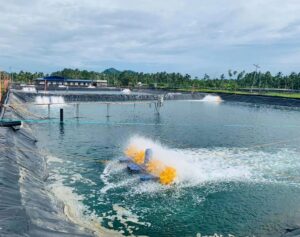What are the factors that affect the price of geotextiles?
Geotextile prices can vary significantly depending on various factors including:
Material Type: Geotextiles can be made from various materials such as polypropylene, polyester, polyethylene, and more. The choice of material affects the price.
Weight and Thickness: Geotextiles come in different weights and thicknesses, with heavier and thicker materials generally costing more.
Manufacturing Quality: Higher quality geotextiles, which may include factors like durability, UV resistance, and tensile strength, typically come at a higher price.
Supplier and Location: Prices may vary between different suppliers and manufacturers, as well as regions due to transportation costs and local market conditions.
Quantity and Ordering Terms: Bulk purchases may lead to discounted prices, and different suppliers may offer various pricing structures and discounts.
To obtain price details for geotextiles of different specifications, I recommend contacting geotextile suppliers, manufacturers, or distributors directly. They can provide you with up-to-date pricing based on your specific requirements and quantities. Additionally, you can explore online marketplaces and industry-specific websites for pricing trends and comparisons.

What are the geotextile specifications?
Geotextiles are engineered materials used in civil engineering, construction, and environmental projects for various functions such as separation, filtration, drainage, reinforcement, and erosion control. The specifications of geotextiles can vary depending on the intended application and project requirements. Here are some common specifications for geotextiles:
Material Type: Geotextiles can be made from synthetic materials such as polypropylene, polyester, polyethylene, or natural materials like jute or coir. Each material offers different properties in terms of strength, durability, and chemical resistance.
Weight: Geotextiles are available in different weight ranges, typically measured in grams per square meter (gsm) or ounces per square yard (osy). The weight of the geotextile is often correlated with its strength and thickness.
Thickness: Geotextiles come in various thicknesses, which are typically measured in millimeters (mm) or inches (in). Thicker geotextiles may provide greater puncture resistance and durability.
Permeability: The permeability of geotextiles refers to their ability to allow water or fluids to pass through while preventing soil particles from migrating. Permeability can be specified based on flow rate requirements for drainage applications.
Grab Tensile Strength: This specification measures the resistance of the geotextile to tensile forces, typically expressed in pounds or kilonewtons per unit width. Higher grab tensile strength indicates greater resistance to tearing and stretching.
Puncture Resistance: Puncture resistance measures the ability of the geotextile to resist puncture from sharp objects or stresses. It is an important specification for applications where the geotextile may be subjected to high loads or sharp materials.
UV Resistance: Geotextiles may be exposed to ultraviolet (UV) radiation in outdoor applications. UV resistance specifies the material’s ability to withstand degradation from exposure to sunlight over time.
Roll Width and Length: Geotextiles are typically supplied in rolls of specific widths and lengths. Roll width and length specifications are important for determining coverage area and ease of installation.
These specifications may vary depending on the specific requirements of the project, environmental conditions, and regulatory standards. It’s essential to select geotextiles with appropriate specifications to ensure optimal performance and longevity in the intended application.
Recent Posts
Author
-

Founded in 2002, Tinhy's team focuses on the manufacturing, marketing, installation, application and research and development of geosynthetic materials.
View all posts




